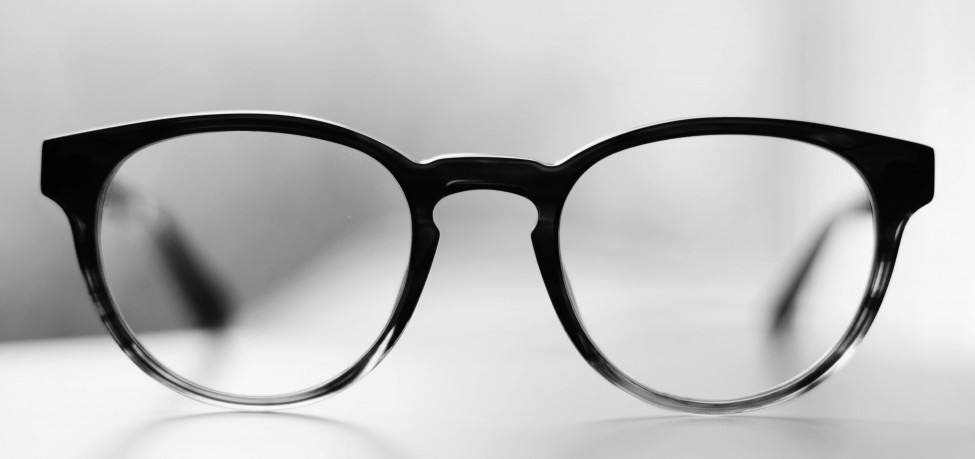You have free articles remaining this month.
Subscribe to the RP Witness for full access to new articles and the complete archives.
Mark 8:22–26 presents a two-stage miracle occurring almost in the center of this 16-chapter book.
They came to Bethsaida. And they brought a blind man to Jesus and implored Him to touch him. Taking the blind man by the hand, He brought him out of the village; and after spitting on his eyes and laying His hands on him, He asked him, “Do you see anything?” And he looked up and said, “I see men, for I see them like trees, walking around.” Then again He laid His hands on his eyes; and he looked intently and was restored, and began to see everything clearly. And He sent him to his home, saying, “Do not even enter the village.”
Why does this story appear where it does in Mark’s gospel? Context helps us. In Mark 8:1–9, Jesus and the disciples are very likely on the east side of the Sea of Galilee in an area called Decapolis. Jesus multiplies the loaves and fish and feeds four thousand. Then, Jesus and the disciples cross to the west side of Galilee to Dalmanutha, where the Pharisees confront Him and seek a sign (Mark 8:10–12). Again Jesus and the disciples cross Galilee and head to Bethsaida, on the north shore of the lake where the Jordan enters Galilee. The disciples forgot to bring bread. Jesus calls them to remember the feeding of the five thousand and the feeding of the four thousand. He reminds them how much bread remained after each miracle. Jesus asks, “Do you not see?” The disciples are blind to the fact that the manufacturer of bread is with them in the boat.
Once in Bethsaida, Jesus performs the two-stage healing. At first the blind man has only partial vision; then he receives full vision (Mark 8:22–26). Given the context, it appears that this healing is an object lesson for the disciples and for us.
After this miracle, Jesus leads the disciples north, up the Jordan valley, to Caesarea Philippi (Mark 8:27–30). Along the way, He questions the disciples regarding His identity. Peter makes his grand confession, “You are the Christ” (Mark 8:29). At last, Peter is receiving sight.
However, in Mark 8:31–34, when Jesus teaches the disciples that He came to suffer, to be crucified, and to rise again on the third day, Peter vehemently opposes Him. “Peter took Him aside and began to rebuke Him. But turning around and seeing His disciples, He rebuked Peter and said, ‘Get behind Me, Satan; for you are not setting your mind on God’s interests, but man’s’” (Mark 8:32–33). Peter refuses to accept Christ’s saving work. Like the blind man, he has only partial vision.
Why this healing and this story? Mark is showing us that knowing who Jesus is and confessing Him to be the Son of God are just half of what we must see. This view indicates partial vision. Full vision is required. We must also see that Jesus, the Son of God, came to die and rise again. We must see who Jesus is and what He came to do, His person and His work. We must own both halves of the gospel.
Simply put, the purpose of the Gospel of Mark is to set forth the divine person and saving work of Jesus Christ. Mark’s purpose is to teach us that Jesus is the Son of God and that He came into the world to die for sinners and to rise again from the dead. We must see and accept both His divine person and His work. Partial vision will not do.
Dennis J. Prutow | reformedvoice.com/rptsprof
